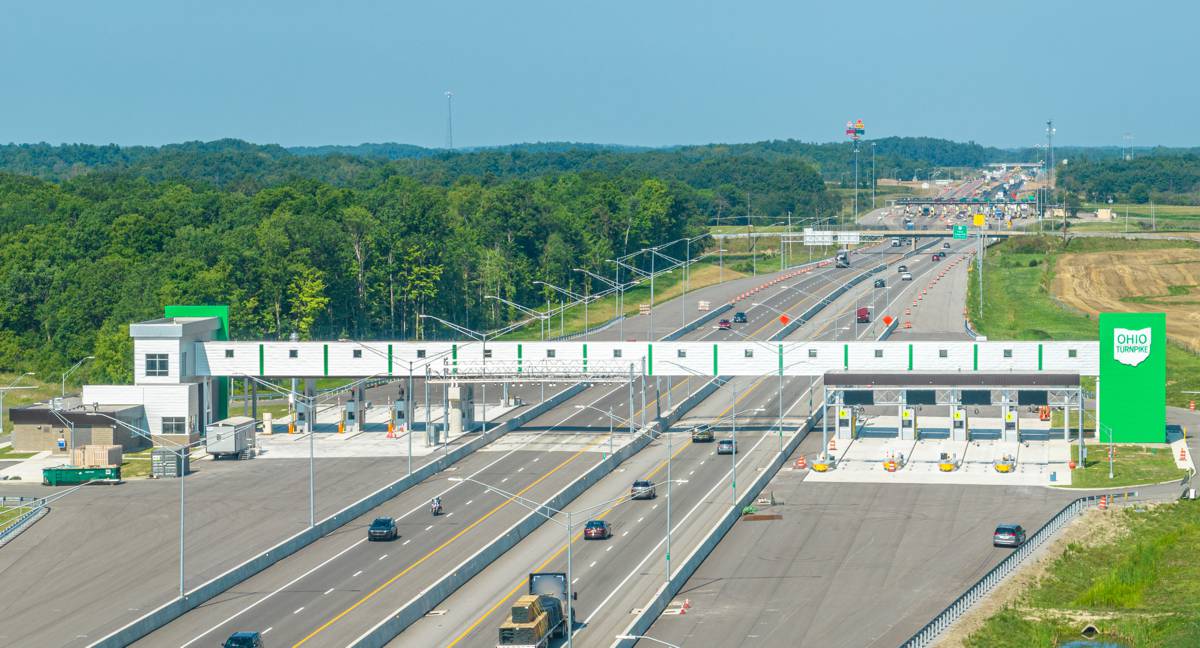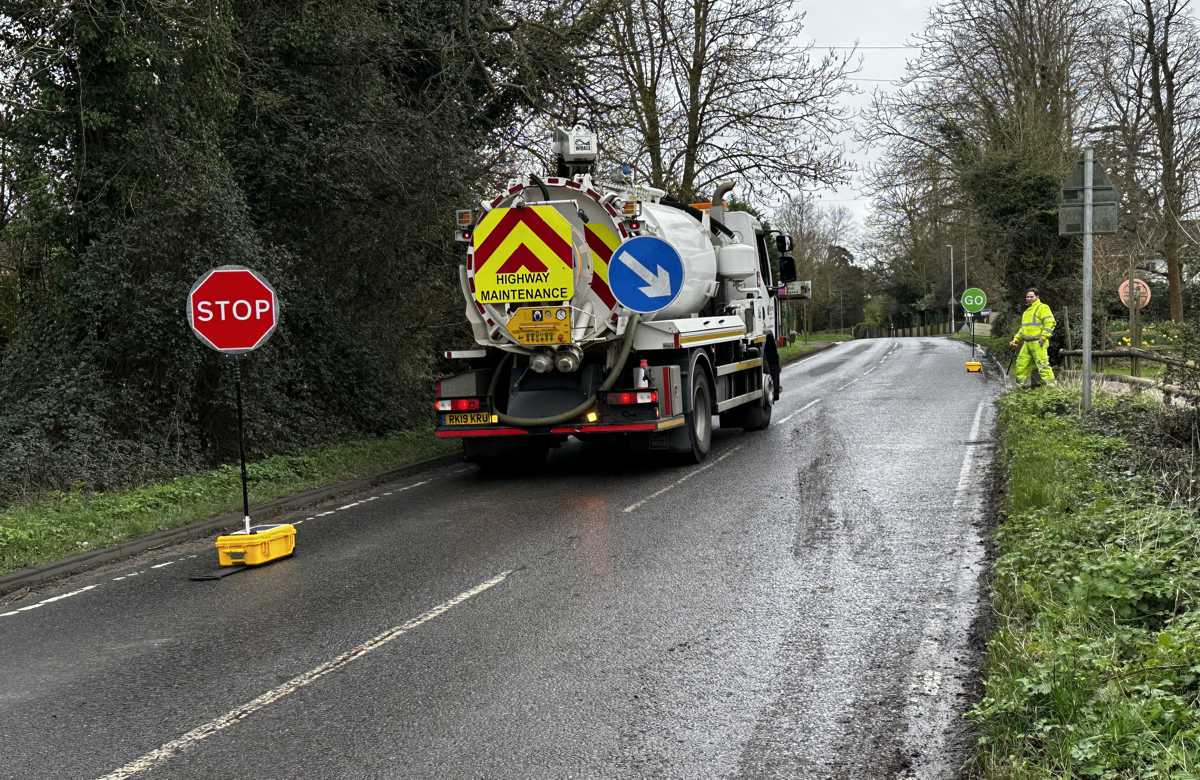Tyre safety blitz for UK as Highways England works to drive down incidents
Highways England is marking the end of Tyre Safety Month by revealing a series of initiatives it is developing or already delivering to help drive down the number of people killed and injured on the country’s motorways and major A roads.
The government company is working to slash road casualties by 40 percent by 2020 and believes focusing on tyre safety will have an important contribution over the next few years.
In 2016, tyre-related incidents along Britain’s roads led to 8 fatalities and 120 serious injuries. Working with partners as diverse as the NHS and tyre manufacturers, Highways England is exploring and experimenting with a series of innovative projects to help family drivers, commuters and commercial drivers alike keep tyres in tip-top condition and reduce the number of breakdowns and blow-outs on the road network.
Stuart Lovatt, Highways England’s Road Safety Lead, said: “Tyre failure is often due to incorrect inflation or worn treads. This can lead to everything from frustrating congestion caused by breakdowns to catastrophic collisions and tragic loss of life.
“We are committed to dramatically reducing the number of people killed and seriously injured on our motorways and major A roads. A focus on tyre safety will be a key activity for us over the next few years with an emphasis on reaching out to particularly vulnerable road users.”
Only this week, a video (shown above) shows how to make a simple 1 minute vehicle fitness check before taking to the roads.
As part of the launch event in Rotherham, Highways England also provided simple tyre tread checkers in baby boxes delivered to young parents..
Other initiatives being refined or developed include:
- 2 pilot schemes in Lancashire and Yorkshire equipping fire fighters with mobile 3D scanners to give drivers accurate tread depth readings and safety advice at safety events.
- Equipping Highways England’s own Traffic Officer Service with hundreds of manual tread gauges so they can help drivers make judgements about tyre health at public events.
- Investigating ways of quickly scanning vehicles, especially lorries, for other issues such as tyre tread depth, overheating brakes or axles which can cause lorries to break down suddenly, leading to congestion.
- Working with tyre firm Bridgestone to analyse the causes of tyre-related incidents and tyre damage – including promoting better tyre ‘husbandry’ among drivers and commercial fleet operators, with a focus on everything from regular tyre checks to debris-free depot maintenance.
- Developing a ground-breaking pilot initiative launched 2 years ago with tyre management technology company WheelRight Ltd, where drivers stopping at Keele Motorway Service Area were able to use a drive-through sensor station with an instant print-out facility to check the health of their tyres before heading back onto the motorway.
John Walford, Highways England’s Commercial Vehicle Incident Prevention Manager, said: “The primary cause of commercial vehicle tyre failure is under inflation. Tyre-related problems are a major factor behind routine breakdowns and other, more serious incidents on our motorways and major A roads, leading to congestion, injuries and in some cases fatalities.
“The associated costs, particularly in terms of congestion, are a brake on economic performance and the project at Keele MSA tackled the issue head on by alerting drivers to issues and allowing them to sort those out before leaving the services and resuming motorway journeys.”
Highways England deals with more than 3,500 wheel or tyre-related incidents every month. Government figures suggest 1 in 12 HGV tyres is dangerously underinflated with the figure 1 in 8 for cars.
Many car drivers and commercial van and lorry drivers do not know the correct PSI for their vehicles while commercial drivers often leave tyre maintenance to their depots and do not check pressures themselves – with hard to reach tyres, such on the inside of axles – an issue.
Tyre-related incidents can be caused by under-inflation or over-inflation, bulges, blisters and cracks and other signs of weathering – often seen on towed vehicles which are often only used seasonally.
Highways England is a key supporter of the charity TyreSafe which works with a variety of partners such as police forces and manufacturers to reduce tyre-related incidents.
More information on the work of TyreSafe is available here: www.tyresafe.org















